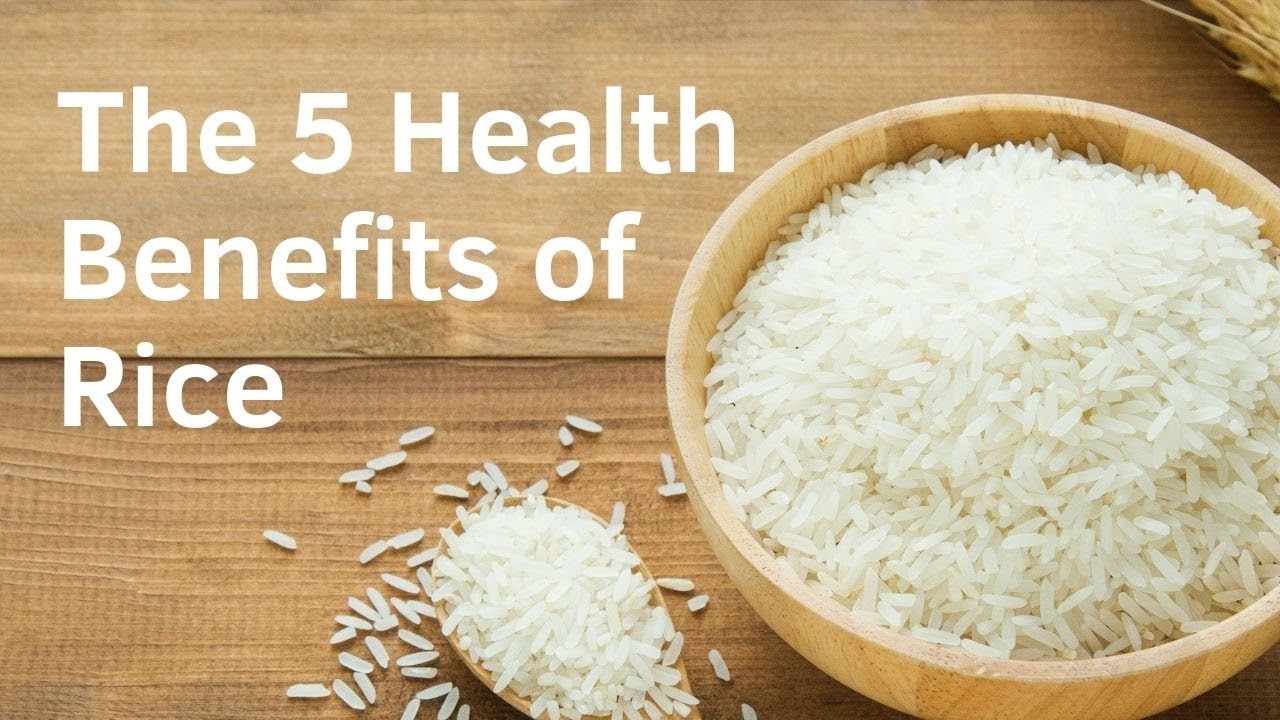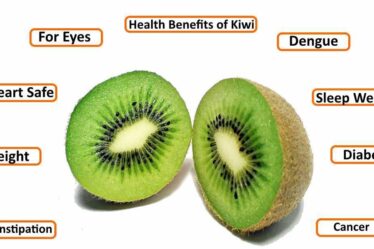
Rice is a staple food in the world. It’s delicious, inexpensive and easy to prepare. But did you know that there are more health benefits of low GI White rice than just its taste? In this article we’ll talk about five of these benefits: (1) low fat and cholesterol content; (2) fiber content; (3) hydration level; (4) energy source; and (5) digestive aid
Rice is low in fat and cholesterol.
Rice is low in fat and cholesterol. It contains only one gram of fat per serving, which is less than half the amount of saturated fat found in white bread or pasta. The same goes for cholesterol, which accounts for about 1 gram per cup of cooked rice.
Rice also contains a lot of fiber—about 3 grams per cup (or more depending on how long it’s been cooked). Fiber helps fill you up so that you don’t overeat or feel hungry throughout your meal because it absorbs extra calories from other foods eaten along with it (like chicken), while allowing you to feel full longer than if you ate just one type of food like meat or eggs without any additional fiber present beforehand
Rice is a good source of fiber.
- Fiber is important for weight loss and weight management.
- It helps you feel full, longer.
- Best rice for sugar patients control blood sugar levels
- Fiber can lower cholesterol levels by preventing cholesterol from being absorbed by the body and reducing inflammation in the digestive tract, which has been linked to heart disease and stroke.
And while we’re on the topic of foods that can help prevent heart disease (which is one of our favorite topics), another benefit of rice is its ability to lower cholesterol levels—another reason why it’s considered a good source of fiber!
Rice helps you stay hydrated.
Rice is a good source of water.
Rice contains 7% water, which is why you should eat it to stay hydrated. In addition to that, rice also contains other essential nutrients that help your body stay hydrated, including vitamin B1 (thiamine), vitamin E and selenium.
Rice contains water in its natural form as a result of the way it grows and because it’s not processed like other foods do (e.g., bread). This means that when you eat rice—even if you cook it yourself—it will already contain some amount of fluids naturally contained within itself!
Rice is an excellent source of energy.
Rice is a good source of carbohydrates, which are the body’s main source of energy. Carbohydrates are found in many foods, including fruits and vegetables as well as grains like wheat flour or rice. When you exercise vigorously for long periods at high intensity levels (such as strength training), your body needs more energy than it can get from fat stores alone. That’s why athletes often consume carbohydrate-rich foods such as pasta or bread before engaging in their intense training sessions—in order to give themselves enough fuel to keep going strong!
If you’re looking for ways to improve your overall health and wellbeing by eating more carbs each day, then consider adding brown rice into your diet!
Rice can improve your digestion
Rice is a good source of fiber and helps you stay hydrated. It’s also low in fat, cholesterol and sodium. Rice contains protein, which has been shown to help you maintain your weight.
Rice provides you with energy all day long because it has a high caloric content (1). This means that if you eat too much rice, it can cause weight gain or increase your risk for diabetes. However, if you’re trying to lose weight or get healthier then consuming more calories from rice will result in better results than eating less calories from other types of foods such as vegetables or fruits
rice has many health benefits that are important to know about
Rice is low in fat and cholesterol, a good source of fiber, helps you stay hydrated and has an excellent source of energy. It can also improve your digestion by soothing irritation in the digestive tract.
- Low in fat: Compared to other grains like wheat or barley, rice is relatively low in calories (180 per cup). This makes it an ideal choice for people who want to lose weight or maintain their current level of fitness without gaining too much weight.* High fiber content: One serving (1/2 cup) contains 6 grams of dietary fiber that may help lower your risk of heart disease by lowering LDL (“bad”) cholesterol levels.* Source of carbohydrates: Unlike most other foods that contain carbohydrates such as fruits or vegetables, which are eaten after being cooked on purpose so they don’t spoil quickly when left out at room temperature; uncooked white rice stays fresh for quite some time even though it doesn’t have any preservatives added during processing unlike canned food items which usually come with additives such as salt & sugar either separately contained inside cans or mixed together evenly throughout entire contents inside them including those within packaging material itself.”
Conclusion
As you can see, there are many low GI rice benefits to eating your daily dose. Plus, it’s another great way to add more fiber into your diet!



